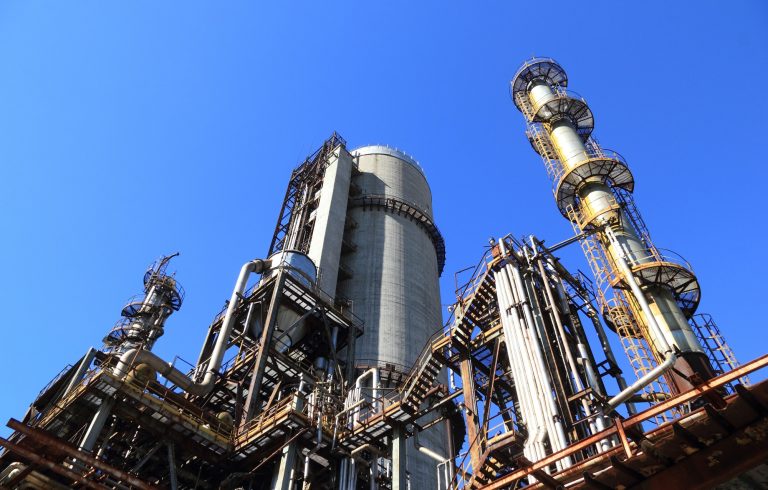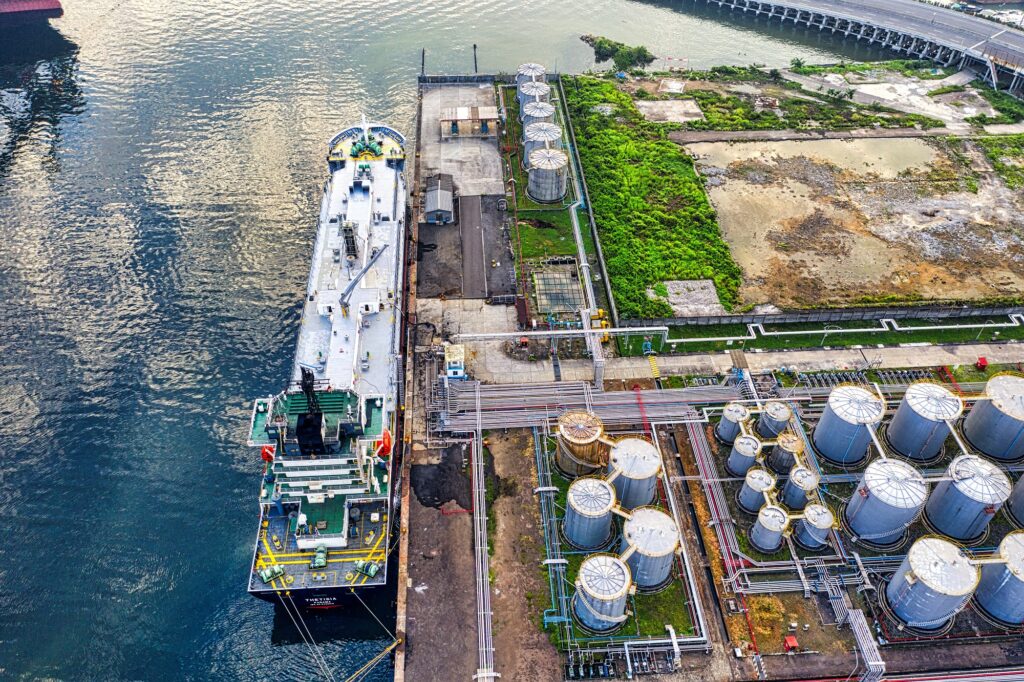
Uses of Petroleum Naphtha in Different Industries and Its Differences from Gasoline
Petroleum naphtha has a wide range of applications, serving as a vital component in various industries. It is primarily used as a precursor for producing gasoline and other liquid fuels, as well as a versatile solvent in multiple settings. Industries rely on naphtha for manufacturing paints, formulating dry-cleaning solutions, producing cutback asphalts, supporting rubber processing, and facilitating industrial extraction processes.
The main distinction between naphtha and gasoline lies in their nature and purpose. Naphtha refers to the more volatile fractions of petroleum, while gasoline is a refined petroleum-based fuel containing hydrocarbons with approximately four to twelve carbon atoms per molecule.
Naphtha serves as a key raw material in the production of most plastics. Through thermal decomposition, it is broken down and separated based on boiling points—the temperatures at which liquids turn into gases—yielding ethylene and propylene. These compounds are essential building blocks for manufacturing various plastics.
Shale naphtha is produced by distilling oil derived from bituminous shale through destructive distillation. In the United States, the term “petroleum naphtha” generally refers to a petroleum distillate rich in aliphatic hydrocarbons, with a boiling range higher than gasoline but lower than kerosene, making it a versatile component in fuel and industrial applications.

